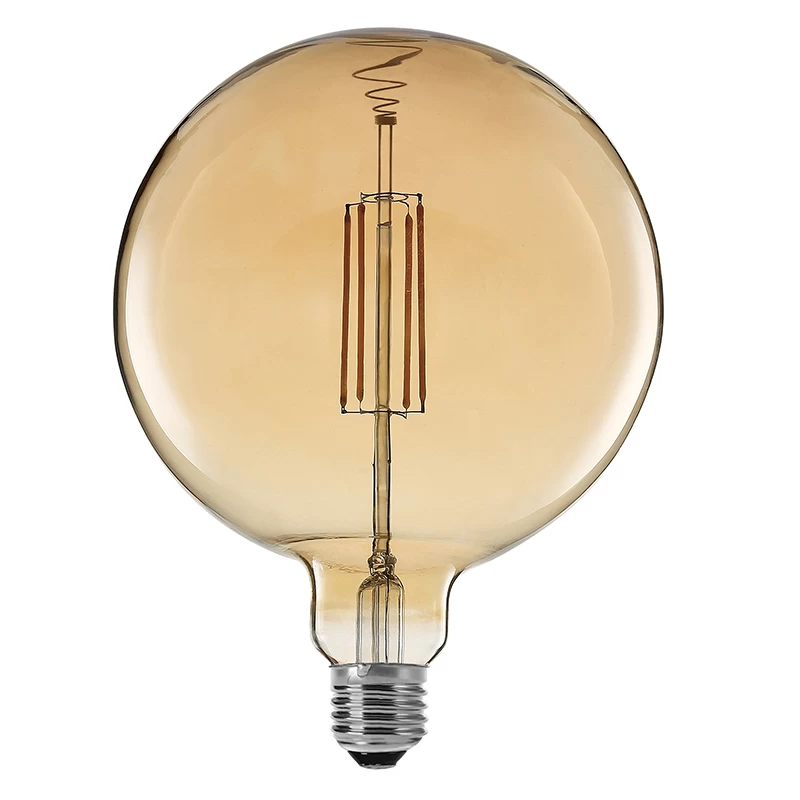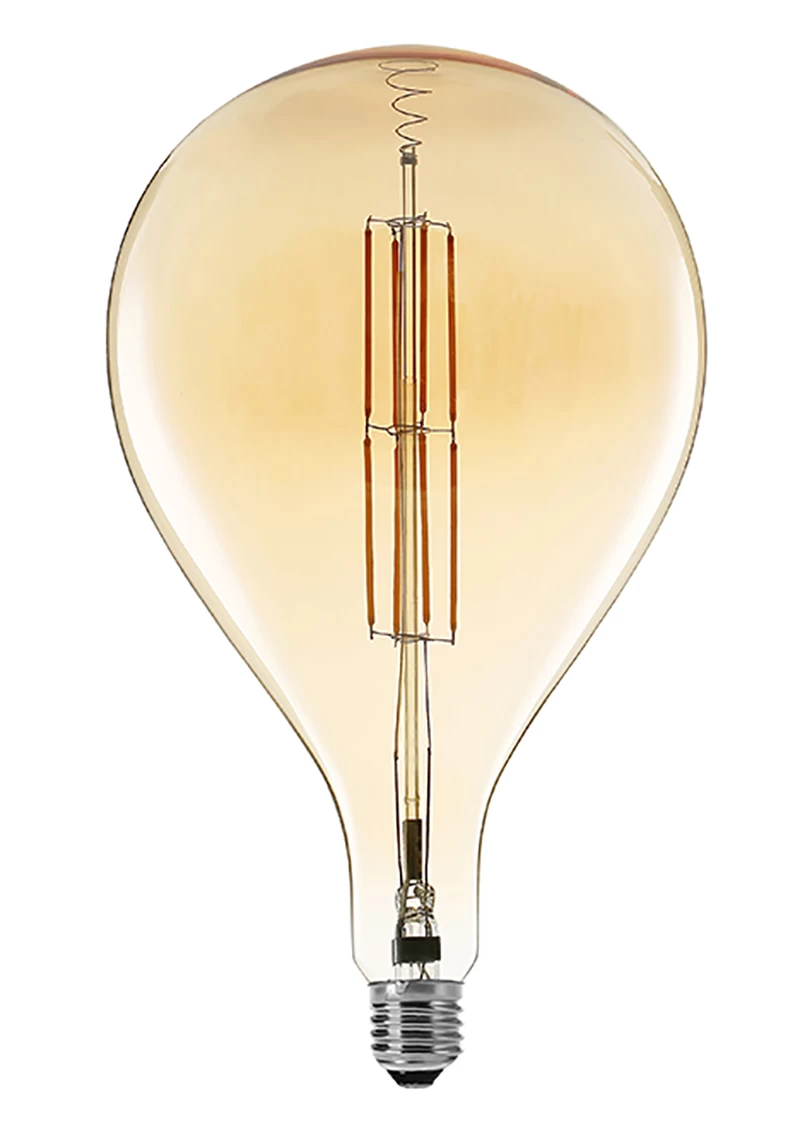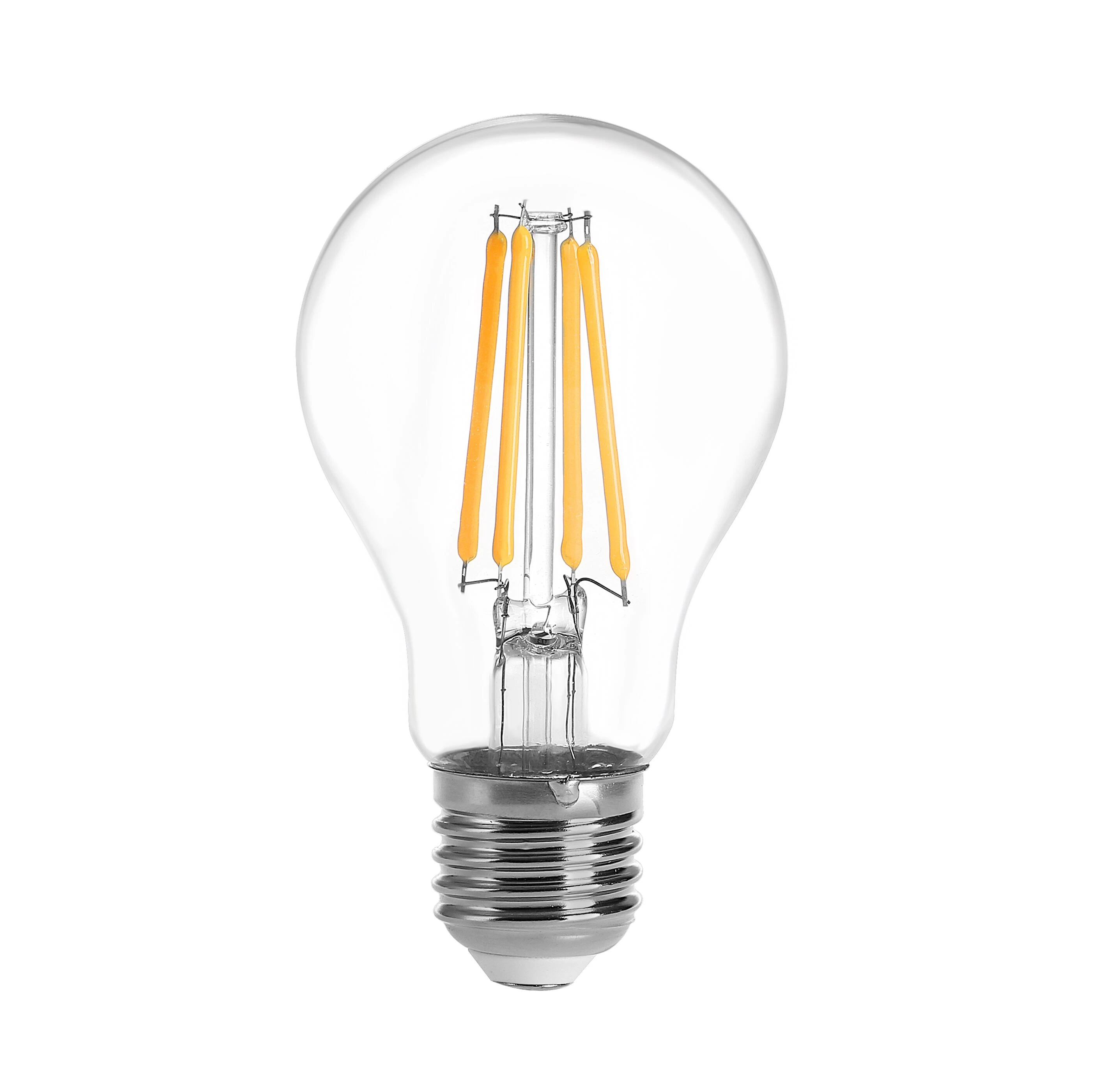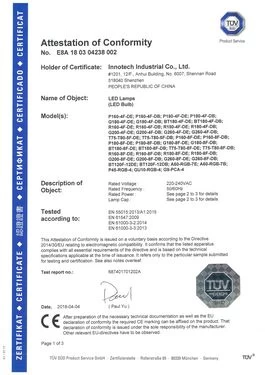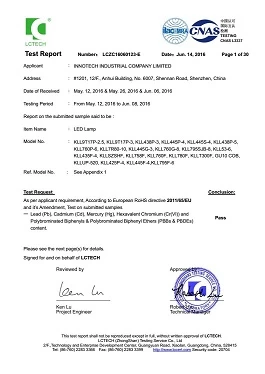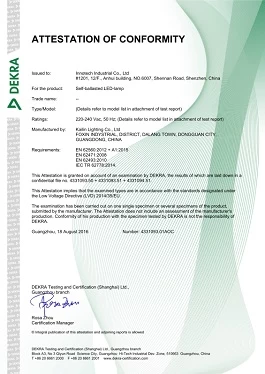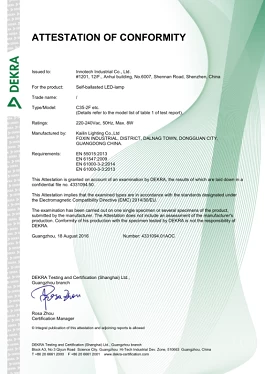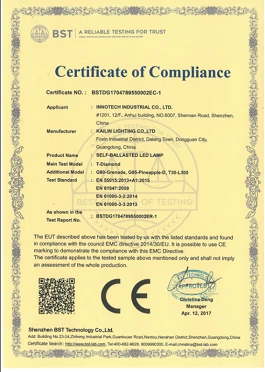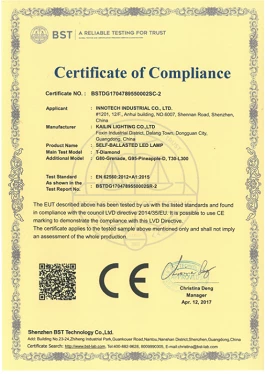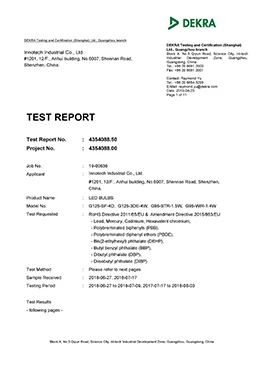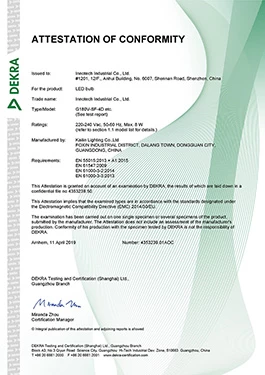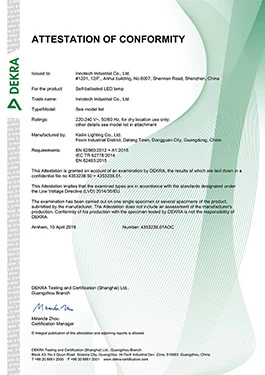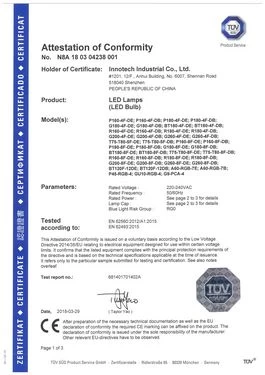How to buy LED lighting: Common specs explained- Part 01
When you’re ready to make the leap to LED lighting, it can be a little scary. There are a number of different terms and performance metrics that can make a simple thing feel hard.
Let me help you sort through a few of the most common specs, and offer you an easy way out!
Common LED lighting terms for efficiency and reliability
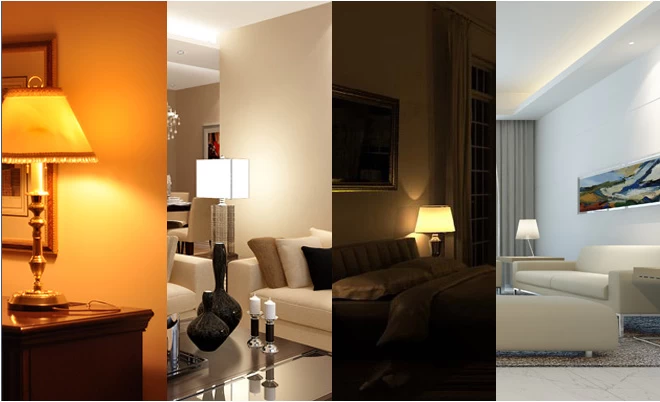
1. Wattage
What does it mean?
Wattage is simply the measure of how much energy a lamp needs to light up.
Why is it important?
The wattage of an LED lamp is usually going to be its most marketed feature. While there are other benefits to LED lighting over traditional lighting, their reduced wattage consumption is still their biggest advantage.
2. Replacement wattage
What does it mean?
Replacement wattage indicates the wattage of the traditional lamp that is being replaced by the LED bulb or fixture.
Why is this important?
Replacement wattage will help you find an LED bulb that will be bright enough to replace the one that you are currently using. For example, you may see an LED A-Lamp that only uses 8 watts, but its replacement wattage is a 40W incandescent bulb.
3. Rated life
What does it mean?
The rated life of an LED is how long it is intended to operate before reaching 70 percent of its original brightness.
Why is this important?
With traditional light sources, the rated life is the length of time the product is expected to operate before burning out. This is set by listing the number of hours it takes for 50 percent of a sample of identical products to burn out.
LED’s, however, don’t typically burn out. They slowly dim over time. An LED’s rated life is therefore when the lamp is expected to be 30 percent dimmer than it was when brand new.
Another key advantage LED’s have over traditional lighting is how long they last. There are LED bulbs that can replace a 4,000-hour halogen lamp and last up to 50,000 hours. Remember, this means that it should be at 70 percent brightness at 50,000 hours.
Common LED lighting terms for light output or brightness

4. Lumens
What does it mean?
Lumens are the measurement of how much light the bulb puts out.
Why is it important?
Lumens are important in comparing an LED bulb to a traditional source. Comparing the lumens of an LED bulb to the lumens of a traditional one will help determine if an LED bulb will be bright enough to directly replace your traditional lamp.
5. Center Beam Candle Power (CBCP)
What does it mean?
Center beam candle power measures the intensity of light at the center of a beam of light.
Why is this important?
This is an important measurement for spot and accent lighting. It often isn't enough to only use the lumen output when determining if a lamp will be bright enough.
It is possible to have a high LUMEN output, but a low CBCP. This would imply that the light is spread out over a large area, which wouldn't work well for trying to draw attention to a painting on the wall, or a mannequin wearing a sequin jumpsuit.
The right light source may actually have lower lumens than comparable products, but if the manufacturer has done a good job of concentrating the light to the center of the beam, then your sequin jumpsuit will sparkle and shine like nothing else.
6. Efficacy (lumens per watt)
What does it mean?
Efficacy is a ratio of how many lumens are produced (how much light) per watt of energy consumed.
Why is this important?
Efficiency! The higher the efficacy ratio, the more efficiently your product is performing. Manufacturers are making huge improvements to both engineering and manufacturing processes, and efficacy ratings are constantly improving.
Just a few years ago, most LED's were around 30-50lu/watt. Currently, you shouldn't settle for less than 70lu/watt, and some LED's are over 100lu/watt. In labs, they are already reporting numbers like 300lu/watt, so it's only a matter of time for the next wave of LED efficiency! Who doesn't want more for less?

 +
+




